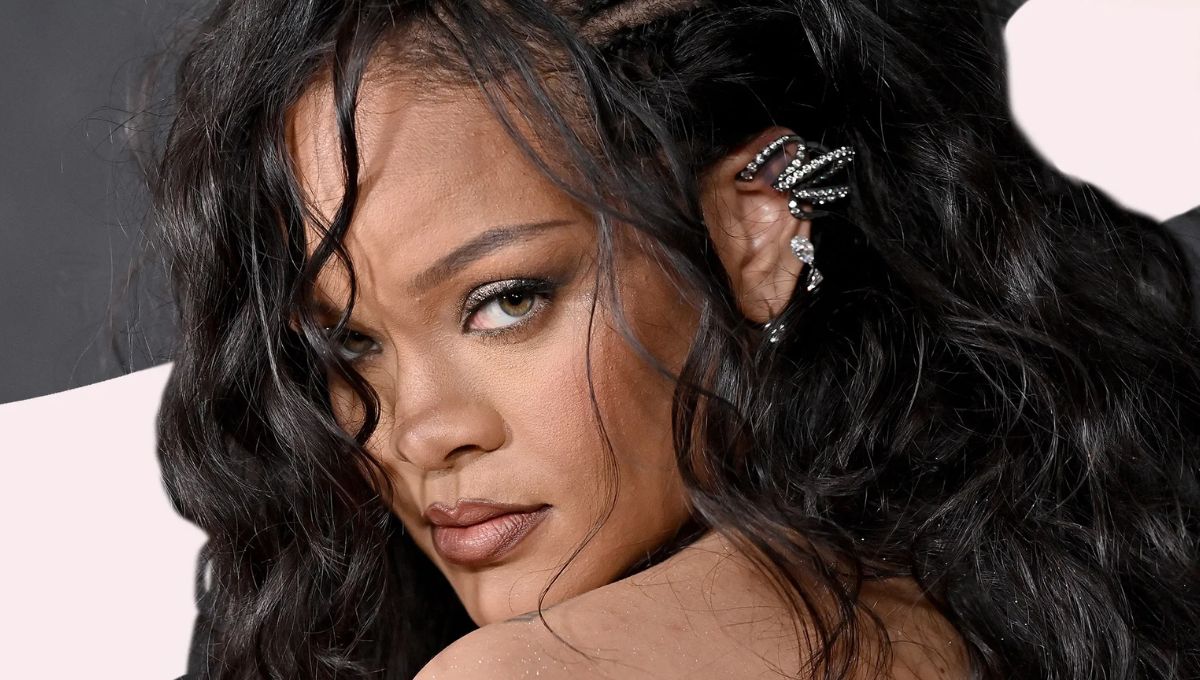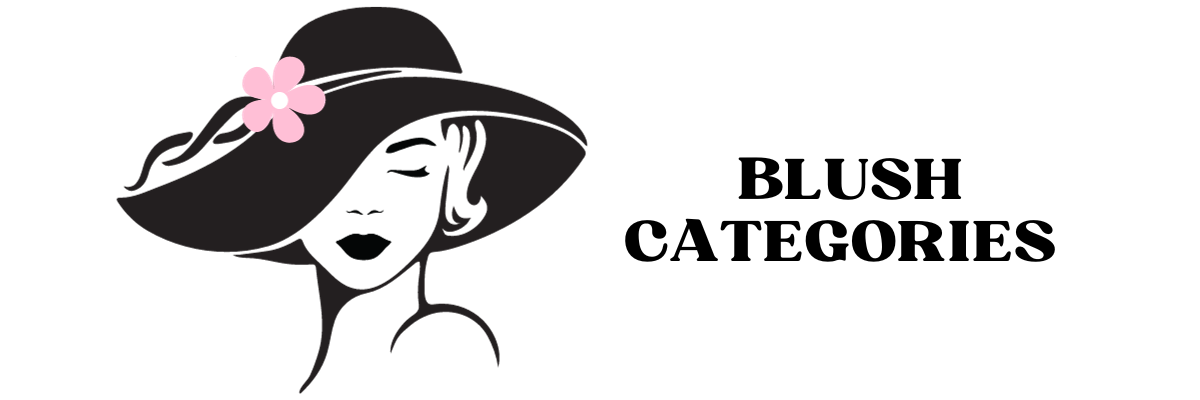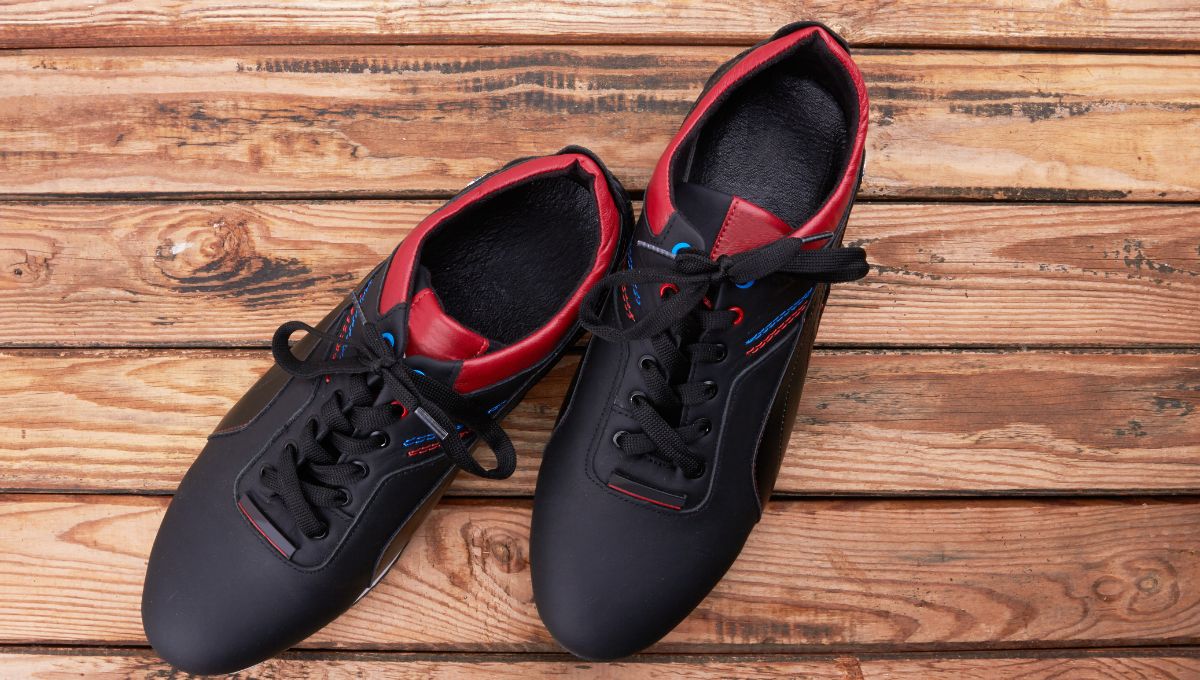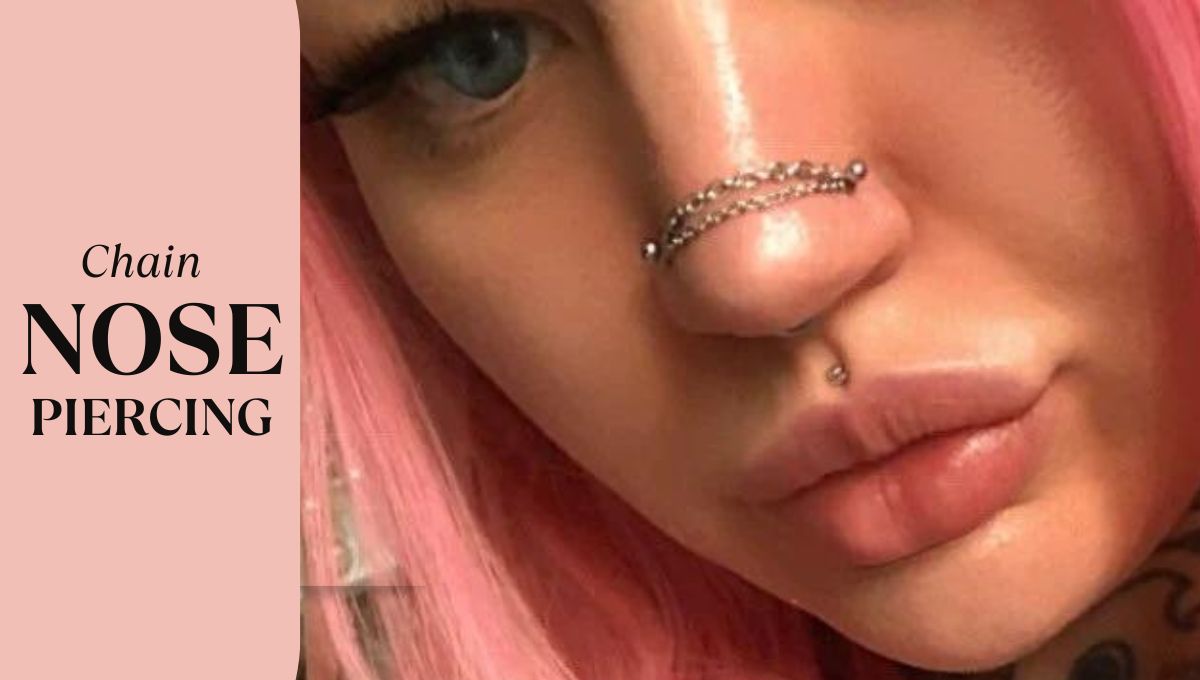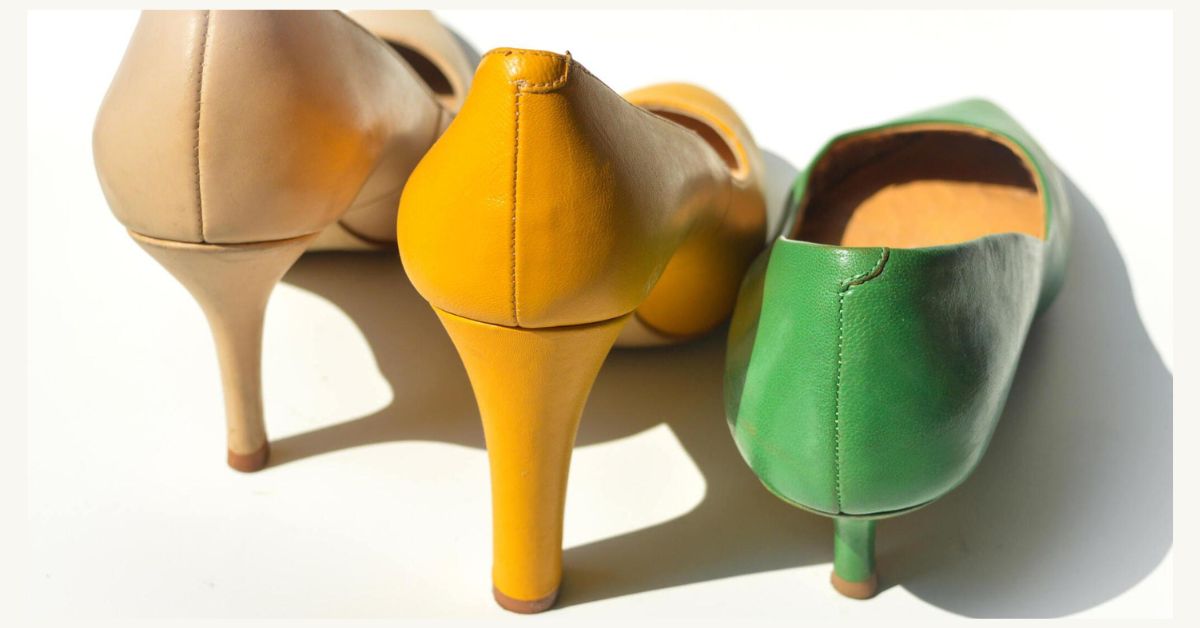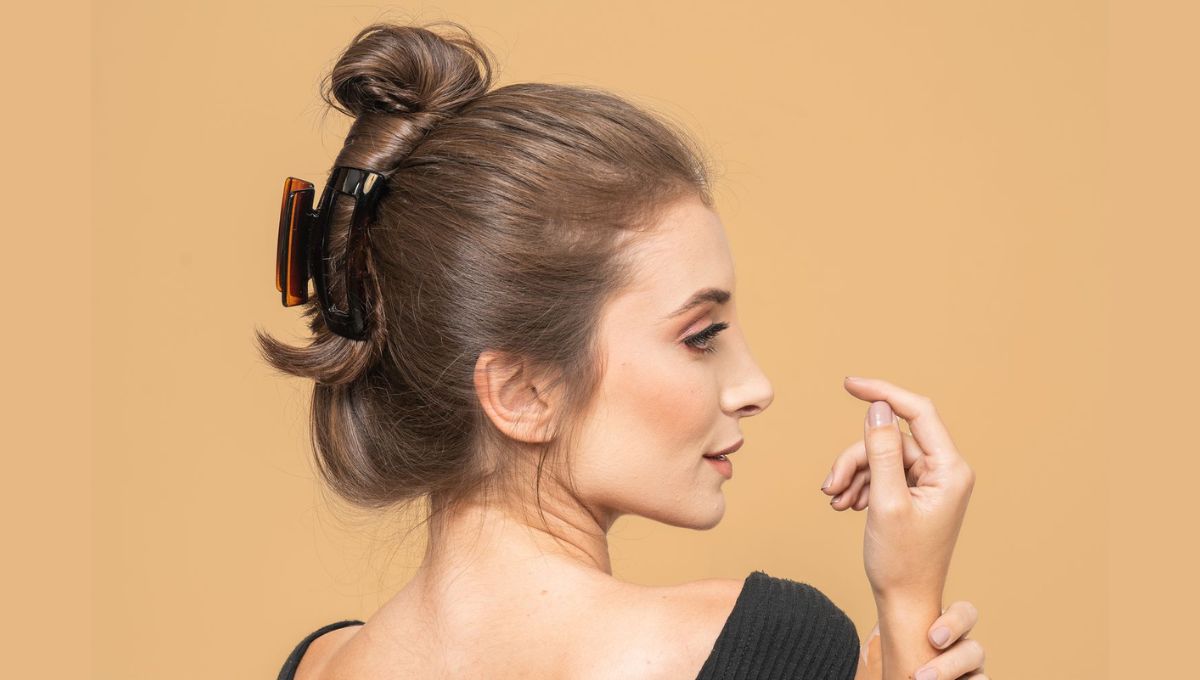With Kylie Jenner, Rihanna, and other Hollywood celebrities slaying with conch piercing, it has now become a new fashion trend. Reason being, it embellishes the ears with bold, yet stylish allure., It is highly customizable and can be paired with a sassy single stud or triplets – your call!
The word conch has been derived from the scientific name “concha”. It basically refers to the middle part of the ear (nicknamed “Cup of the ear”). Because it is made up of cartilage, the conch of the ear is a bit harder than your earlobe. This brings us to the point that it requires (not a bit) but a lot of courage to get it.
That said, we’re here to help you understand more about conch ear piercing. We’ll shed light on its types, pain level, healing time, jewelry, aftercare, and a lot more. Just to help you gather all the necessary data before getting this piercing for awesome results and pain-free healing time.
So, let’s start…

Meet the Experts
Elayne Angel, an expert piercer and author of the book “The Piercing Bible”.
Chris Saint, a professional body piercer and the owner of Saint Sabrina’s in Minneapolis.
J. Colby Smith, a celebrity piercer based in New York is known for his excellent ear and facial piercing skills.
Key Points
Placement
Inside or Outside the cup (middle part) of your ear
Types
Inner, Outer & Double
Pain Level
6/10
Jewelry Types
Studs, Hoops, barbells, etc.
Aftercare
Clean Twice a day with Saline solution
Infections
Allergic reactions & keloids
Average Cost
$30 (Jewelry Excluded)
What is Conch Piercing?
Conch piercing is a classy ear piercing where the inner cup (known as the conchal cartilage) is pierced. Located deeper inside the ear, this type of piercing offers enough space for various accessories, including conch piercing hoops, studs, etc. Thus, allowing fashionistas to elevate their style and express their individual personalities via unique jewelry options.
It’s a wonderful choice for beauties who are seeking to add a modern flair to their personal style with an extra spicy edginess. However, proper aftercare is necessary during the healing time to maintain the chic allure of this beautiful piercing.
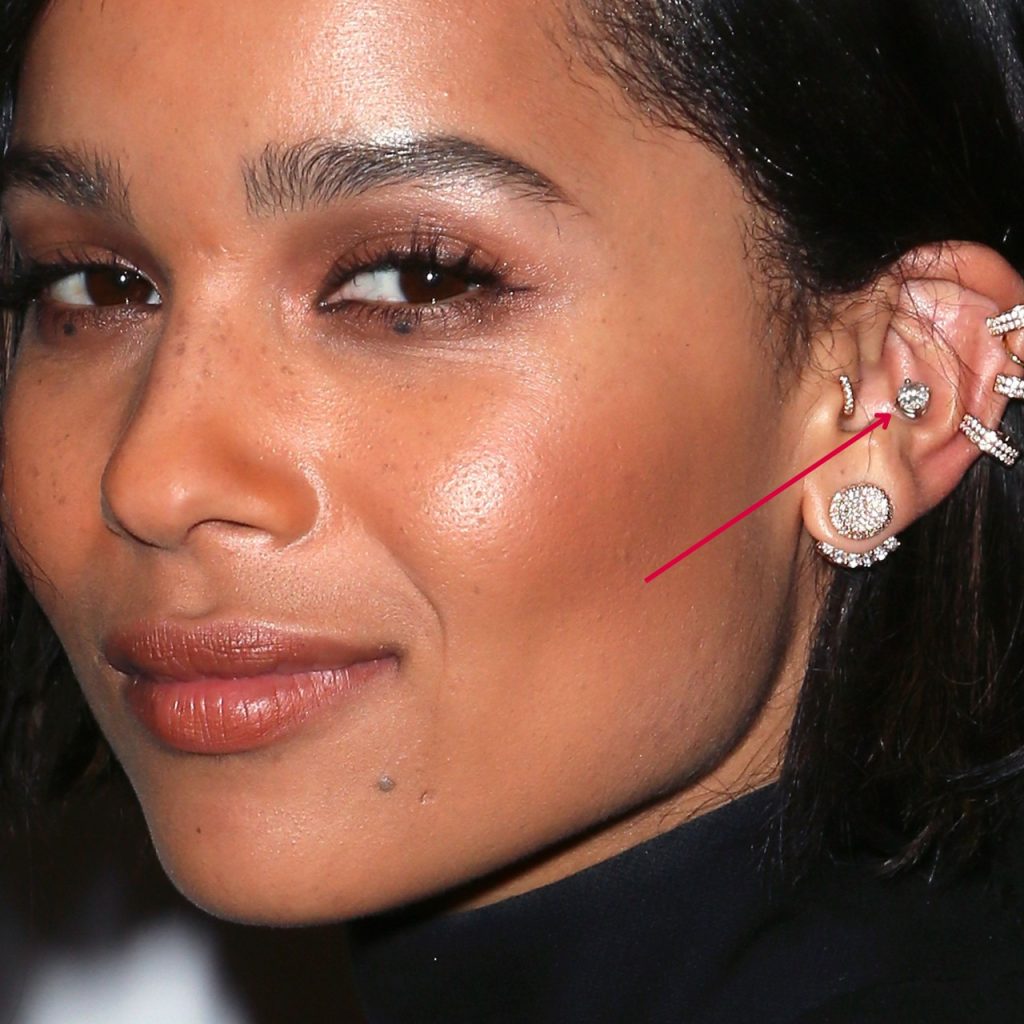
Now, you know what conch piercing is, so let’s move on to its different type.
Different Types of Conch Piercing
The most amazing part of this type of piercing is that you can either get on the inner or outer part of your cup-shaped cartilage. Further, you piercing enthusiasts can also go for double conch piercing. The main difference between these types is listed in the bullet points below:
- Inner Conch Piercing: It involves creating a hole directly through the inner cup to provide a clear pathway for stylish conch piercing stud jewelry.
- Outer Conch Piercing: This type has more to do with hoop piercing. The circular-ring-like jewelry is passed around the outer side of the cup.
- Double Conch Piercing: This refers to getting two separate types of piercings inside the cup of cartilage.
Pain Level (6/10)
Elayne Angel, in her book “The Piercing Bible,” mentions that the pain level of conch piercing can be normal to severe, depending on the skin type and the individual’s pain tolerance. The pain can also vary according to the different techniques for punching the needle.
What Type of Jewelry is Used for Conch Piercing?
Choosing the right bling for this type of piercing is literally a BIG DEAL! It should be comfy and look stunning all at the same time, right? The good news is that the inner cup of your cartilage offers enough space to experiment with different jewelry options.
That said, studs and hoops are the ideal choices. You can go for mesmerizing bead rings, plain golden rings, and round clickers for hoops. Besides, loads of options for hoops, you’ll also find a variety of jewelry types for studs. Like, the sassy barrels and flat-back studs.
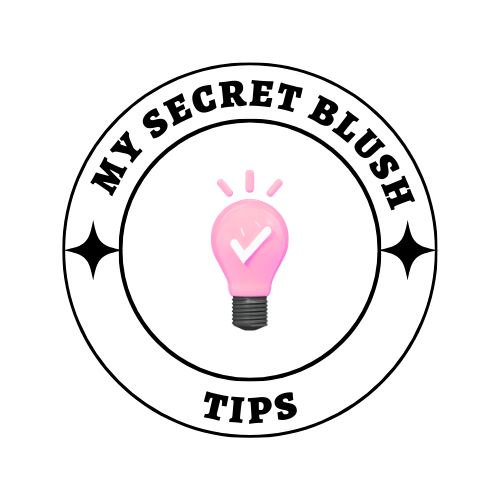
Prioritize titanium or stainless jewelry materials for conch piercing. Why? Because they’re anti-allergic and won’t cause allergic reactions or hazardous infections.
How to Get Conch Ear Piercing for A Flawless Look?
Even for piercing enthusiasts, getting a conch piercing requires courage. But considering its visual appeal, giving it a try is worth it. Here are the main steps you should take to get a perfect conch piercing:
Choosing a Piercer
Ignore this step and you’ll ruin everything!
Choosing a professional piercer is the very first step in achieving a flawless and awesome-looking conch piercing. Remember, this area is sensitive and should be treated with extreme care. Hence, handing it over to non-professionals can cause problems.
But with so many options out there, how would you determine the credibility of a piercer? We’ve got some tips for you:
- Conduct thorough research on piercing studies.
- Use the internet and friends’ referrals to come up with a few options.
- Read the reviews of your chosen piercers.
- Try to reach out to their previous customers (if possible)
- Filter out the ones offering excellent customer service.
- Test out their piercing skills by getting an ear lobe piercing.
- Make sure to choose a professional with an impressive portfolio and loads of happy clients.
Remember a good piercer will not only execute conch piercing accurately but also offer you some fruitful advice for aftercare. Once you’ve found the right one, you’re ready to jump on the next step.
Preparing for the Piercing
Now, it’s time to prepare for the daring task – the procedure!
Okay, so this is where you’ve to consider both physical and psychological factors. Consider it as a military exam (just exaggerating). The point is you’ve to prepare yourself for a bit of pain but once that test is over, you’ll be crowned with astounding jewelry as a tribute of bearing the pain.
Conch piercing can be a bit uncomfortable for some beauties. Hence, make sure to consider your pain tolerance. To ease the fear and anxiety, we highly recommend engaging in certain relaxation activities, i.e., meditating for a few minutes before the appointment. Further, make sure to have a proper meal to prevent dizziness.
Once you’re on the piercing site, make sure to discuss your concerns with the piercer. He/she will suggest you suitable jewelry options according to your ear’s shape and other sensitive factors. Don’t hurry, take your time to understand everything.
All done? Take a deep breath because now it’s time for ACTION!
The Piercing Process
To know whether your piercer is doing it right, you need to have a deeper knowledge of the piercing process. But this doesn’t mean to get a book on “What is conch piercing?” or “Does conch piercing hurt?” Nah! Not all that is needed! Just take your time to know the main points discussed in the below paragraphs.
The conch piercing process starts with cleaning the targetted area. Ensure that your piercer is wearing gloves to avoid germ transfer. The area should be cleaned with a saline solution with the help of clean cotton pads.
Once done, a sterilized would be used to punch a hole in the inner cup of the cartilage. Finally, your chosen jewelry will be inserted. That’s all!

Note
You may experience some discomfort, perhaps minor swelling, and totally normal healing vibes! Such reactions usually take a few days to subside, and till then take proper care of the targeted area. Clean it with saline solution every day for a smooth healing process.
Aftercare of Conch Piercing
Once you’re done with the piercing, the journey towards a visually stunning conch piercing takes a turn to the aftercare. Right after the piercing, your piercer is going to provide you with detailed precautions on how to take care of the targetted area.
Keep these tips in mind to minimize the risk of infections.
Tip # 1: Clean the Piercing regularly
Chris Saint recommends cleaning the conch piercing with a saline solution. As saline solution is manufactured by dissolving salt in distilled water, it reduces the risk of injecting harmful bacteria into the body.
Here are the tips for you to clean the piercing area carefully.
- Wash your hands thoroughly with an anti-bacterial soap to kill the harmful germs.
- Carefully prepare the saline solution. Mix a non-iodized sea salt with warm distilled water for this purpose. You can also use a pre-made saline solution or a nice wound wash to save time.
- Grab a cotton ball and dip it into the saline solution. Once, it’s fully soaked, gently clean the piercing with it. Make sure to remove the liquid discharge (if any). Avoid moving the jewelry too much during this process.
- Rinse the conch piercing with warm water to remove the excessive salt. Pat the targetted area with a clean paper towel.
- If recommended, use a fragrance-free liquid soap to clean the area. Apply a few drops on your finger and gently apply it around the piercing area. Finally, rinse thoroughly.
- Avoid using chemical-rich or harsh skin care products. They can irritate the piercing area and increase the healing time.
Tip # 2: Take Precautionary Measures
Preventing infection during the healing period should be on your list during the tips. Let’s say you’re taking proper medication but aren’t avoiding touching the conch piercing, how come will it heal in time? Hence it’s important to take precautionary measures, as discussed below:
Hands off the Conch Piercing!
It’s time to fight back the urge to touch the jewelry unnecessarily. It’s always better to keep your hands away from the conch piercing to avoid the interaction of bacteria with the skin.
Farewell to Hair & Chemical Products!
We regret to inform you that, for only a few days you’ve got to lock the chemical products in a cupboard. These products can potentially inject bacteria into the piercing site. Go for organic and chemical-free products.
Consider Clothing
Be very careful when putting or removing the shirts. The threads can be intertwined with the piercing jewelry and cause discomfort forcing the area to swell or itch. Cover your ears using a pouch hat when changing the clothes.
No Swimming
Stay away from the swimming pools and hot tubs. As these soaking of the targeted areas can give birth to many skin problems.
Don’t Sleep on the Pierced Ear
J. Colby Smith recommends not sleeping on the pierced ear. This can put pressure on the skin, resulting in severe swelling or infection.
What’s the Healing Time of Conch Piercing?
Okay, so understanding how long the conch piercing will take to heal is super important for a stress-free journey. Well, to your surprise this type of piercing can take from 6 to 12 months for healing. Yes, that sounds way too long but don’t you think the astonishing final result is worth it?
The golden rule during the healing time is patience! We don’t recommend changing the jewelry every week. According to the experts, you should avoid changing the piercing as much as possible. It’s really important to allow the piercing to heal properly before changing the jewelry. As mentioned below, a conch piercing might take up to a year to heal. During this period, it’s best not to change the jewelry at all and leave the initial piercing in place. This will ultimately minimize the risk of infection and irritation.
Still, of you’ve some genuine concerns about your conch piercing jewelry, consider scheduling an appointment with a professional piercer.
Summary of Key Points
- Conch piercing is done on the middle part of your ear’s cartilage, also known as the inner cup of the ear.
- There are different types of conch ear piercing, including the inner, out, and double conch piercings.
- According to Elayne Angel, the pain level of conch piercing varies from person to person and the different piercing techniques are used by the piercer.
- To get a flawless conch piercing, make sure to find a professional piercer by reading reviews and testing his services.
- Get mentally prepared for the conch piercing and make sure the piercer cleans the area with saline solution before punching the needle.
- Clean conch piercing regularly and take necessary precautions for a smooth healing process.
- Conch piercing can take up to 6 to 12 months to heal and during this time period, we don’t recommend changing the jewelry.
Final Thoughts
Conch piercing is considered as one of the most beautiful, but daring piercings. In order to get a flawless piercing, you need to know how its placement, healing time, jewelry types, and a lot more.
Whether you’ve decided to go for an inner conch piercing or an outer one, this blog is your ultimate guide to understanding everything about conch piercing. So, bookmark it – in case you’d like to walk through the information again in the future. Happy piercing!

